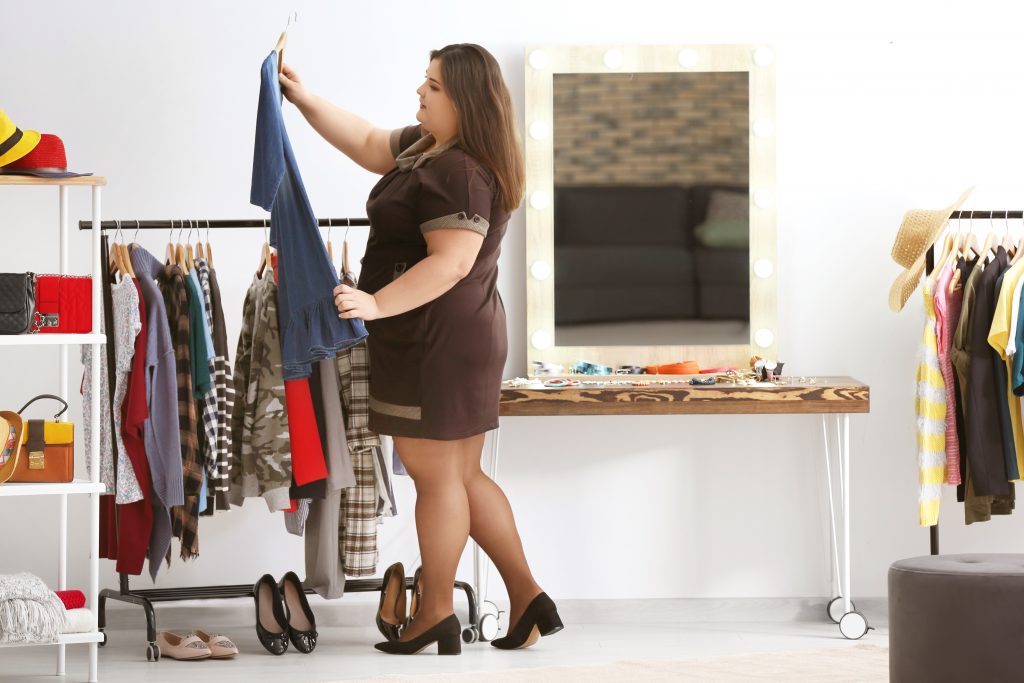
I recently visited the website of the clothing brand Reformation to see what the trendy and luxurious, yet sustainable company had to offer. In a paragraph describing the Reformation design process, the brand wrote that their quest was to ensure that their clothing fit people of many shapes and sizes. The website states that the company’s main clothing line is meant for people who are between 5’6” and 5’10”, but it also boasts a petites collection for people 5’2” and under, a size range going up to size 22 and a collection specifically designed for people who wear a C to DD cup — options that the website states are just preliminary steps in making their brand more accessible.
While this range of options might seem wide, the average American woman is a size 16 to 18, wears a 34DD bra and is 5’4”. Additionally, all of the photos on the website’s homepage feature models who are tall, thin and very much fit into preexisting standards of beauty. For the average woman, there are limited options and little representation — even at a store that claims to be committed to inclusivity.
Reformation isn’t the only brand that seems to be sending mixed messages about size inclusivity. Companies and advertisers are beginning to see that social responsibility and body diversity are ideas that their consumers value, and are thus beginning to implement them in their products and ad campaigns. However, the ways in which people are being misrepresented and not represented at all make it clear that there is still much work to be done if there is to be true inclusivity.
When companies do choose to hire models who are considered plus-size for their campaigns, the people who are often chosen still usually fit relatively narrow standards, like being size 14 or smaller, having an hourglass shape, high cheekbones, light skin and a flat stomach. Social media influencer Garcia Lewin criticized the size discrimination within the body positive community, saying, “ … women on the smaller end of the plus-size scale are chosen to represent the entire plus community … I’m a size 24 all over, so I don’t know how clothes are going to look on me if I’m seeing them on a girl that has a D cup, a size-14 waist and a size-18 butt.”
The “body positive” messages a brand tries to disseminate often seem to directly contradict the realities of their business and design practices. In 2017, Urban Outfitters came under fire for their “Class of 2017” campaign, which featured plus-size model Barbie Ferreira. At the time, Urban Outfitters did not seem to carry a size larger than 12, meaning that the brand was using Ferreira to sell clothes that would not fit her. While the brand’s website now seems to carry much more stock in size XL, which is considered a size 14, I have found it very hard to find the size in stores and think that upping their size limit to 14 is not good enough.
The body positivity movement has its roots in the fat acceptance movement that was established in the 1960s to raise awareness about the anti-fat biases that existed in society. As social media networks like Instagram became popular, people were able to use the platform to build communities, post photos and share stories about their bodies that were largely not being reflected in mainstream media and advertisements. Companies began to see body positivity as a useful marketing tool and the true essence of the movement appears to have become lost in attempts to simultaneously make a profit and appear to be doing social good. Companies who choose to “embrace” body positivity in a way that is watered down and superficial do their customers a disservice.
Annick Tabb is a senior double-majoring in German and English.



